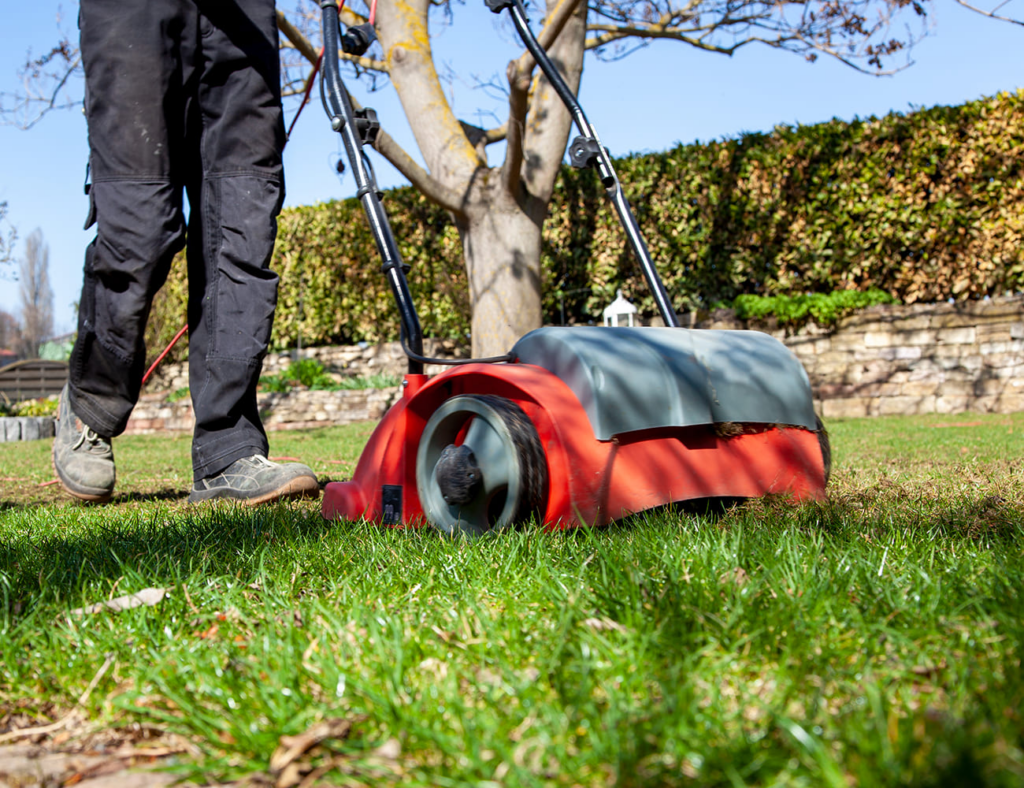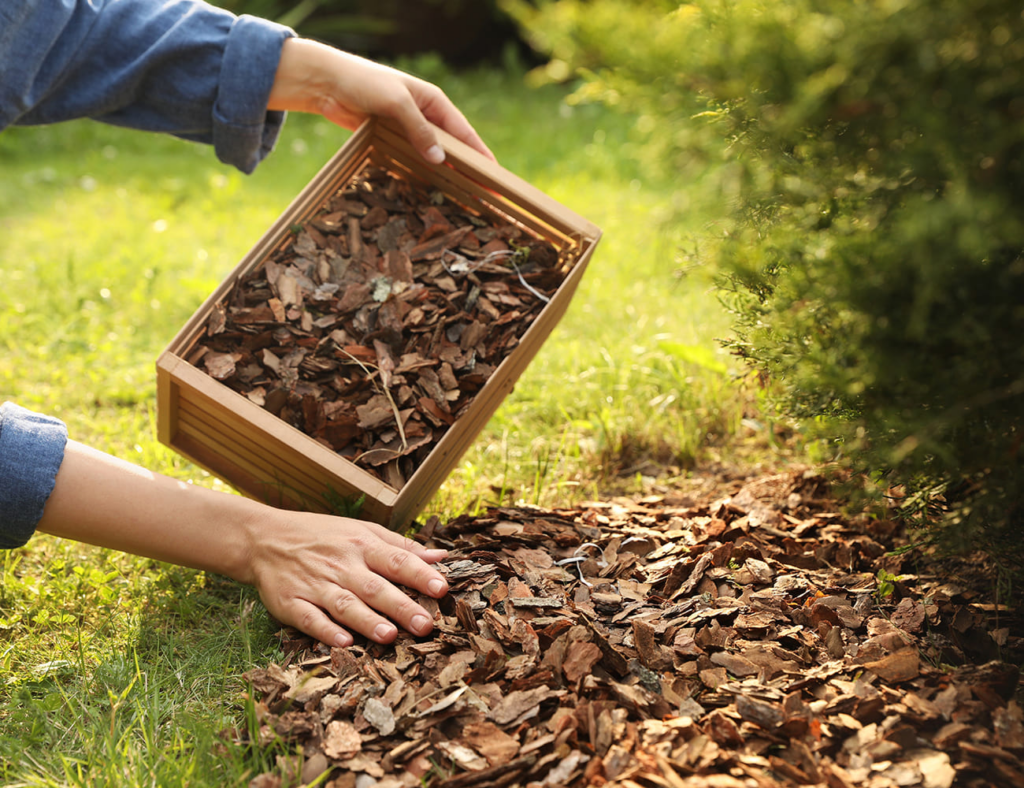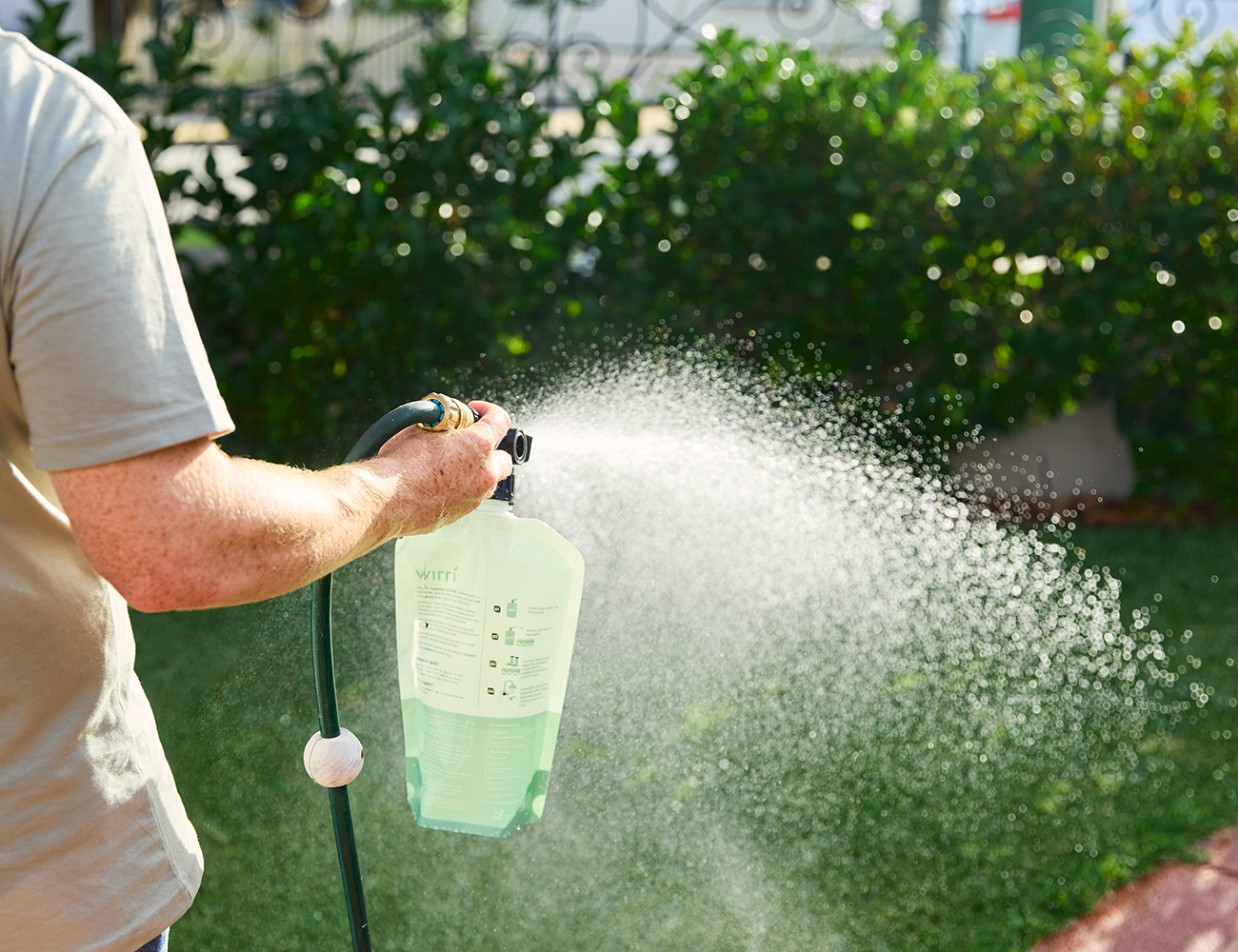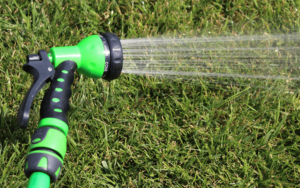Drought can make lawn maintenance challenging, turning once-thriving grass into a dry and brittle landscape. With water restrictions in place and high temperatures straining even the hardiest of plants, many homeowners struggle to keep their lawns looking their best. However, adapting your lawn care routine can make a significant difference. By choosing the right grass, optimising watering techniques, and improving soil health, you can help your lawn stay green and resilient even in prolonged dry conditions.
Selecting Drought-Tolerant Grass
Some grass varieties handle dry conditions better than others. If your lawn struggles with heat and limited water, switching to a drought-resistant variety can improve its longevity. Warm-season grasses like buffalo, kikuyu, and couch grass thrive in Australian climates and have deep roots that allow them to access moisture more efficiently.
Efficient Watering Techniques
Maximising water efficiency is key during drought. Instead of frequent, shallow watering, deep and infrequent watering promotes stronger root growth, helping grass become more resilient. Watering in the early morning or late evening reduces evaporation, ensuring more moisture reaches the roots.
Using alternative water sources like rainwater tanks or greywater (from showers and washing machines with eco-friendly detergents) can help keep your lawn hydrated without breaching water restrictions.
Adjusting Your Mowing Routine

Mowing affects how well your lawn retains moisture. Keeping grass slightly longer provides shade for the soil, reducing evaporation and heat stress. Setting mower blades higher and ensuring they’re sharp will help protect grass from unnecessary damage. Avoid mowing in the hottest parts of the day, as freshly cut grass is more vulnerable to drying out.
Enhancing Soil Quality
The condition of your soil directly impacts how well your lawn withstands drought. Aerating your lawn improves soil structure, allowing water and nutrients to penetrate more deeply. Adding organic matter such as compost or well-rotted manure helps the soil retain moisture more effectively.
Using a wetting agent can be beneficial for hydrophobic soils, ensuring water soaks in rather than running off. This is especially useful in drought-prone areas where every drop of water counts.
Using Mulch to Retain Moisture
Mulching isn’t just for garden beds—it also benefits lawns. Leaving grass clippings on your lawn after mowing helps retain moisture and return nutrients to the soil. A mulching mower distributes finely chopped clippings evenly, creating a natural protective layer.
Applying organic mulch around the edges of your lawn, where grass tends to dry out first, can further help reduce moisture loss and protect soil from harsh sunlight.
Feeding Your Lawn Correctly
During drought, applying too much fertiliser can be counterproductive. High-nitrogen fertilisers encourage excessive leaf growth, which increases water demand. Instead, opt for slow-release or organic fertilisers that support root development without overstressing the grass.
Fertilising in the cooler months of autumn and spring helps prepare your lawn for dry conditions. Avoid applying fertiliser during peak summer heat, as stressed grass may not absorb nutrients effectively.
Minimising Lawn Stress
A drought-stressed lawn is more susceptible to damage, so reducing foot traffic can prevent further wear. Compact soil caused by heavy use makes it harder for water to reach the roots. If possible, create designated pathways to minimise damage in high-traffic areas.
For sections that experience frequent use, consider adding stepping stones or gravel to maintain functionality while reducing stress on your grass.
Controlling Weeds and Pests

Weeds compete with grass for water and nutrients, making them even more troublesome in drought conditions. Removing weeds regularly helps prevent them from stealing valuable resources from your lawn.
Pests such as lawn grubs can also contribute to dry, dead patches. Monitor for signs of infestation, such as grass that lifts easily from the soil. If necessary, use eco-friendly pest control methods to manage outbreaks without causing additional stress to your lawn.
Exploring Alternative Lawn Solutions
If maintaining a traditional lawn during drought proves too difficult, consider alternative landscaping options. Drought-tolerant ground covers like native violets or dichondra offer a green appearance with less maintenance. Artificial turf provides a consistently neat look without requiring water or regular upkeep.
Planning for Long-Term Lawn Health
As drought conditions become more frequent, taking proactive steps to improve lawn resilience is essential. Choosing the right grass, enriching the soil, and adopting smart watering techniques will help your lawn withstand dry spells more effectively.
By making small adjustments and planning ahead, you can enjoy a healthy, green lawn year-round, even in challenging weather conditions.





